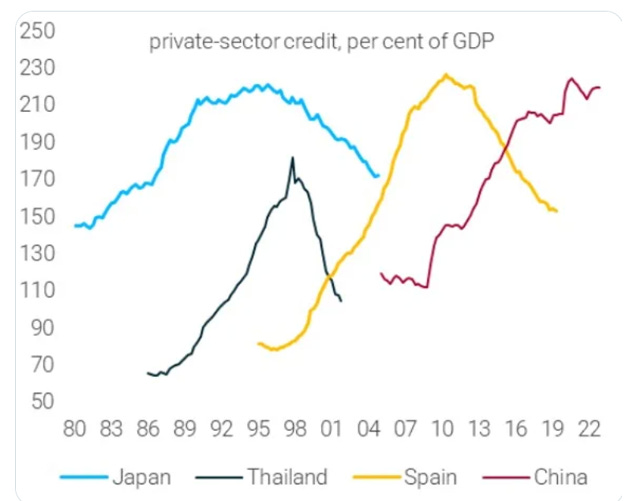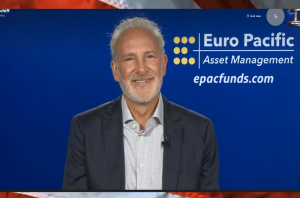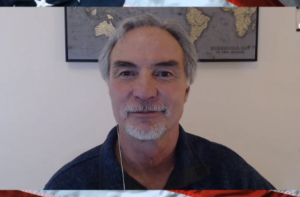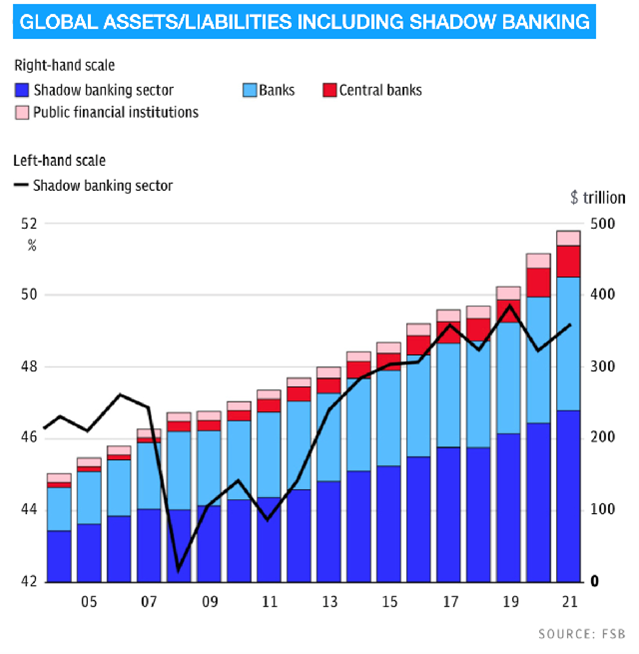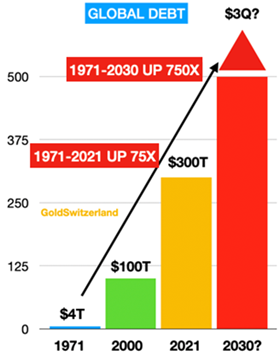This 25 minute video with Matthew Piepenburg and myself is probably one of the most important discussions that we have had.
For years we have both warned investors about the consequences of a system based on unlimited money printing, debt creation and money debasement.
The world economy and the financial system is now on the cusp of a precipice.
No one can forecast when the coming violent turn will come.
It can take years or it can happen tomorrow.
Future historians will tell us when it happened.
In the meantime investors have one duty to themselves and their dependents which is to protect their wealth from total destruction.
Money printing and debt creation have taken markets to dizzy and unsustainable levels.
Since Nixon closed the gold window in 1971, both global and US debt is up over 80X!
And asset markets have been inflated by this fake money with the Nasdaq up 120X and the S&P up 44X since 1971.
But the bubbles are not just in stocks but also in bonds, property, art, other collectibles etc, etc.
In our view, the time to pay the Piper is here and now. The consequences will be costly, even very costly for the investors who ignore this major risk.
Just as bubble assets can go up exponentially they can implode even faster.
RISK OF MARKETS FALLING 50-90%
Sustained corrections of 50% to 90% in stocks and bonds are very possible and when the bubble bursts it will go so fast that there won’t be time to get out or to buy insurance.
Whether the Everything Bubble turns to theEverything Collapse today or tomorrow, the time to protect your assets is before it happens which means NOW.
…click on the above link to read the rest…



